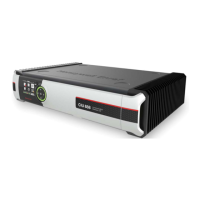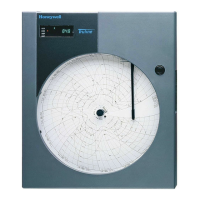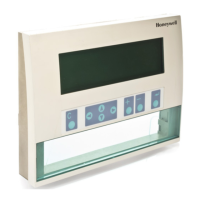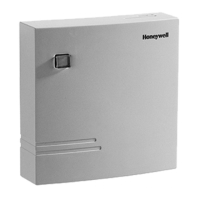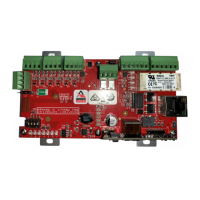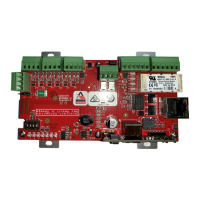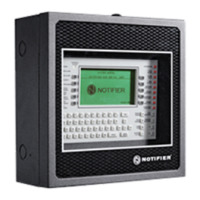perating and Installation
will be making an Internet connection the cellular service provider will need to
provide an Internet APN (access point name). In order to connect to the Internet, the provider
has its own computer equip
ment called a “gateway” server. The server will usually have an
APN in the form of a domain name, such as “myserviceprovider.com” or a generic name such
as “proxy”. Contact your service provider for this information.
Packet Service Connection Command
This command is issued to the cellular radio to request a packet (Internet) connection. For most
GSM cellular service providers the phrase “
will work, and this is the default setting for
If you are having problems connect
ing, this could be the problem. Contact your service provider
If there is no communications between the
a collection system for this many
will terminate the connection. Recomm
ended value is 30 seconds.
Not used in this application.
Source Port Starting / Ending Numbers
This only applies to packet (Internet) connections.
on your computer and thus must be
llowed access to the outside world. Most corporate computer systems use firewall technology
to prevent unauthorized and potentially damaging access from outside sources. To minimize
bit data encryption standard. If this exchange fails, the
connection is terminated by both
calls in it assigns itself what is known as a “
e assigned only one or a specific range of source port numbers
that the firewall will allow through.
Valid source port numbers are 40000
will use a new number with each call.
For example for a range of 50000
50010, the first call wil
so on. When 50010 has been used the next port number will roll back to 50000.
PAP User Name and Password
As an added security measure some cellular service providers require Password Authentication
to gain access to their Internet service. The radio must present a user name
and a password that was assigned when the cellular service was purchased. The user name or
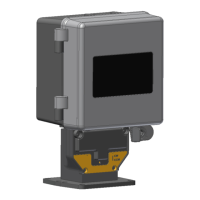
